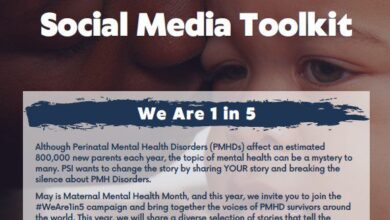Timing Arrival to the Hospital During Labor

Many clients hire doulas because they want to avoid unnecessary intervention, and we all know that the best way to do this is to arrive at the hospital in “right” time. A doula’s job is to balance the ever-evolving needs of the birthing family, their care provider, and our scope of practice. This includes taking care of ourselves as people and professionals navigating a complex system of conditions. Going to the hospital is determined by three factors: contraction pattern, care provider recommendations, and most importantly when the laborer feels like going.
Let’s look at the doula’s role in these decision-making factors.
Doulas know that the best time to get to the hospital is Active Labor; for someone in labor for the first time, it might look like contractions 4 minutes apart, lasting at least a minute for at least an hour, but probably more like 3 hours, if we’re being honest. For a multiple or someone who has given birth before, going to the hospital may be as soon as they see a regular labor pattern or feel the first strong contractions. As a doula, your role is to pay attention to the contraction pattern by timing the contractions or having a partner time the contraction. One thing to watch out for is that adjusting to timing contractions can be a distraction for you, the laborer, and other support people present. One way to avoid being fixated on the clock is to time contractions for just 30 minutes to an hour. If contractions are irregular or far apart, put on a watch and check again when there is a change in the labor pattern. One change may look like stronger, more intense contractions for the birthing person and a change in behavior such as using lower, longer vocalizations to cope.
Most importantly, you may notice a feeling within your own body as you feel yourself being pulled into your supporting role. Surprisingly, your own body and feelings can be your most amazing tool as a doula. Feeling is defined as a bodily awareness of a situation or person or event. When you are fully present, you will notice a shift in how you relate to your client’s approach. In early labor, you may feel a little more detached, sitting and observing your client; maybe you’re snacking or resting with one ear open. When things get more active, so do you. Your body pulls you; you also feel the flow of oxytocin. How cool is that?
Now, what if the contraction is 5-1-1 or 4-1-1, or 3-1-1? Does that mean it’s time to head to the hospital? That depends on two other factors: provider recommendations and client preferences.
Causes and conditions that inform care providers include your client’s particular pregnancy and the hospital’s policy and procedures. Understanding this dynamic is key to helping your clients develop realistic expectations for their birth. The doula’s role is to help your client prepare for a conversation with their provider that includes information about their pregnancy, birth options, and potential limitations. Hopefully, your client feels aligned with their provider, and if not, you can help your client explore any wiggle room; for example, about when to come if the water breaks or when labor is still in its early stages.
Finally, your client is ultimately the deciding factor. Your client may have planned to stay home as much as possible during early labor, and then suddenly find themselves having more anxiety than expected. Sometimes getting in a little early is all they need to get their work moving. Other times, a client who planned to have an epidural when labor begins may find that they are coping well and feel better relaxing in the bathtub at home. The key here is to have a spirit of flexibility that is well balanced with your client’s intentions. Our job as doulas is to help our clients understand what they are experiencing in their bodies, balancing their desires, current moods, and related medical conditions. It can come as a relief to know that you are not the deciding factor here but rather a receptive ally for helping your clients understand the ever-changing aspects of a baby’s birth.
About the Author


Kristy Zadrozny offers the only Childbirth and Postpartum Professional Association (CAPPA) Labor and Postpartum doula training in NYC. Combining her passions as a doula instructor, mindfulness teacher and Marriage and Family Therapist, Kristy will teach you how to apply basic mindfulness techniques, multicultural and systemic theory, to your personal life as well as your work as a professional doula. Kristy incorporates storytelling, humor, and interactive skills to create a fun, inspiring, and emotional workshop experience. You will leave with a grounded and multifaceted approach to your doula work.





